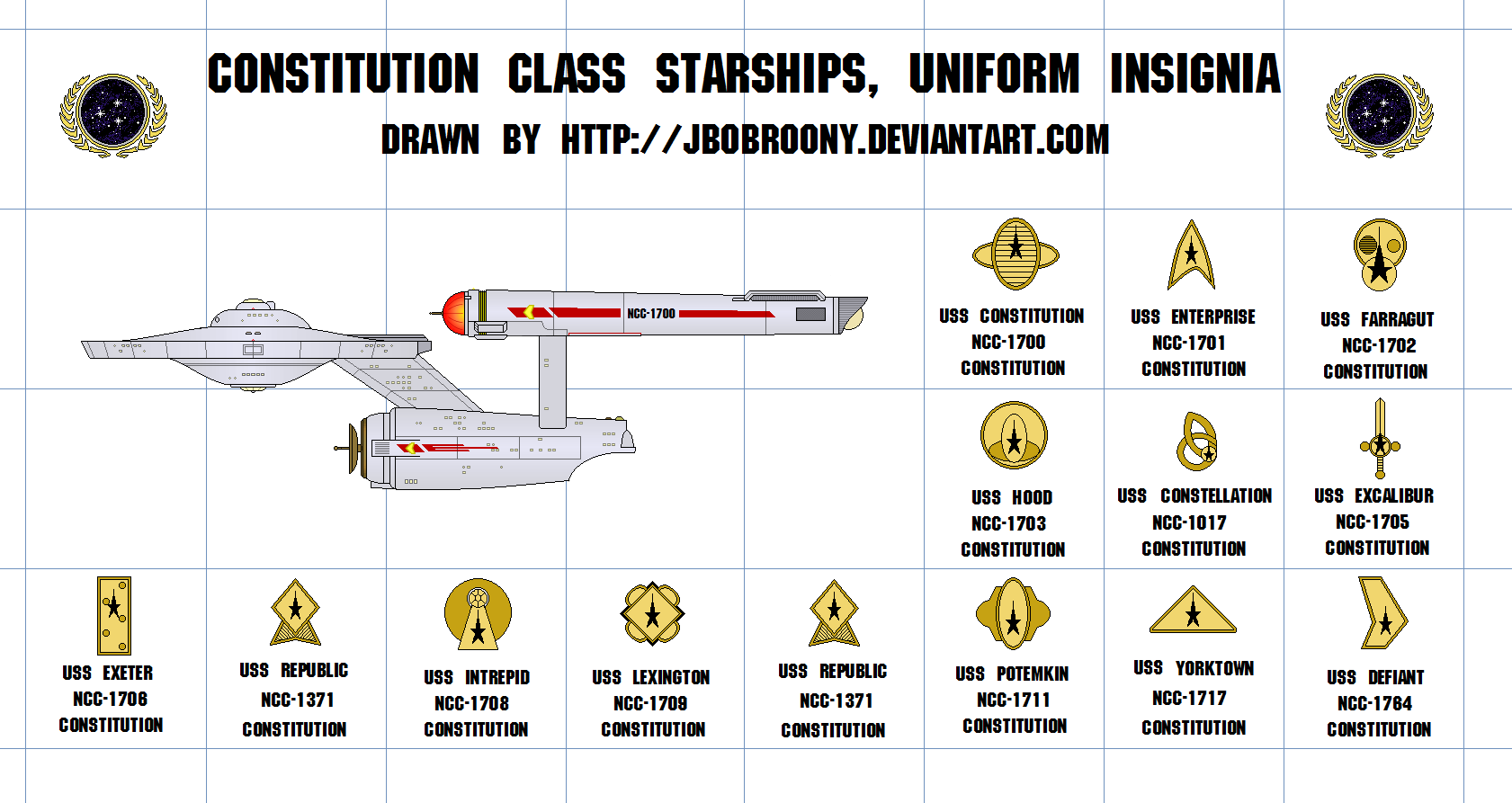

spacecraft to be powered by nuclear energy. Navy’s Transit 4A navigation satellite became the first U.S. For more than 50 years, every radioisotope power system launched into space has worked safely and exactly as designed. Just like a shattered mug, it breaks into large chunks instead of being vaporized and dispersed, preventing harm to people and the environment in the unlikely event of a launch or reentry accident. In a radioisotope power system, commonly called a “space battery,” the plutonium is processed into a ceramic form - similar to the material in your morning coffee mug. This type of plutonium is different than those used for nuclear weapons or nuclear power plant reactors. It’s stable at high temperatures can generate substantial heat in small amounts and emits relatively low levels of radiation that is easily shielded, so mission-critical instruments and equipment are not affected. It has a half-life of 88 years, meaning it takes that long for its heat output to be reduced by half.

Plutonium-238 works well as a space power source for several reasons. Radioisotope power systems - which directly convert heat generated by the decay of plutonium-238 into electric power - use the latter, and are essential for long missions to distant parts of the solar system, where solar-powered space travel may be impractical or impossible.
#Space pioneer best weapon tv
POWER FROM PLUTONIUMĭespite what you see in movies and TV shows, there are only two practical ways to supply electrical power for multi-year space missions: the sun’s rays or heat generated by natural radioactive decay. Explore our interactive timeline of these missions, above, and read on to learn more about the “space batteries” that made them a reality. These compact, reliable systems provide basic mission fuel and keep critical spacecraft components warm enough to function in the cold, dark reaches of deep space.Īlthough relatively simple, these systems have powered some of the most successful and inspiring missions in U.S. The Energy Department’s Office of Space and Defense Power Systems and its predecessors, in tandem with the National Labs and private industry partners, have developed and provided radioisotope power systems to NASA for use in numerous long-term missions, from Voyagers 1 and 2 to the Mars rovers. But you should - because nuclear power systems developed here have made dozens of truly amazing interplanetary research missions possible. You may not associate space travel with the Energy Department. Editors Note: This blog was originally posted during 's #SpaceWeek in 2015.


 0 kommentar(er)
0 kommentar(er)
